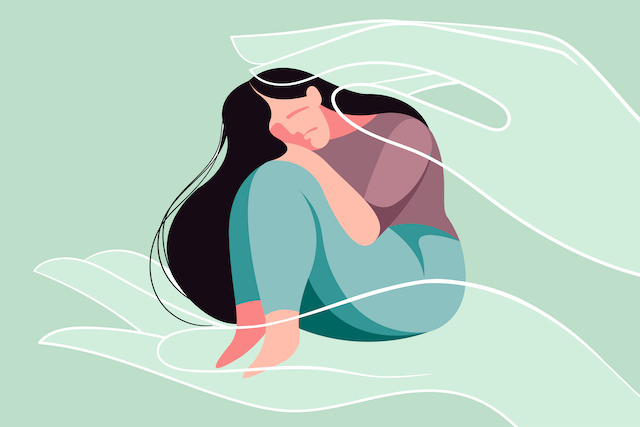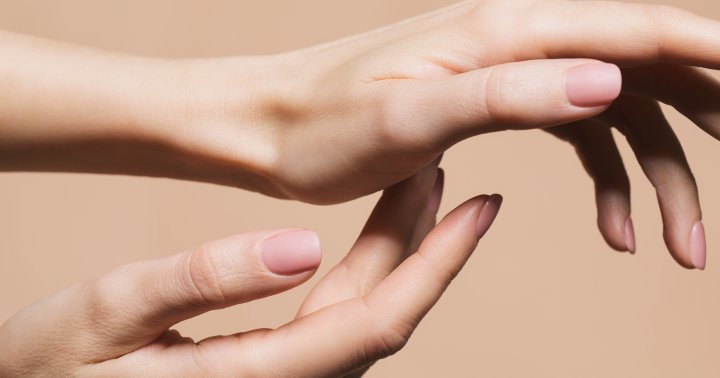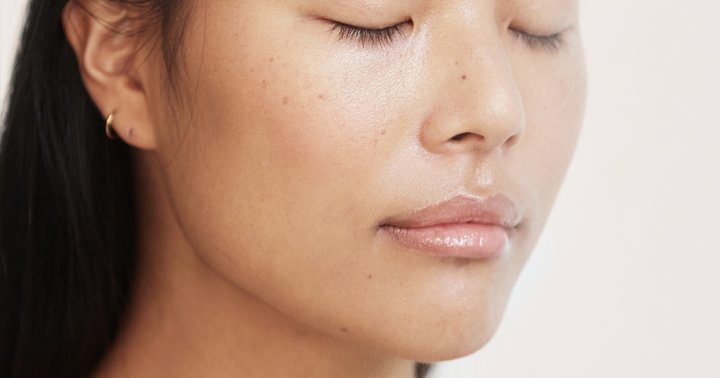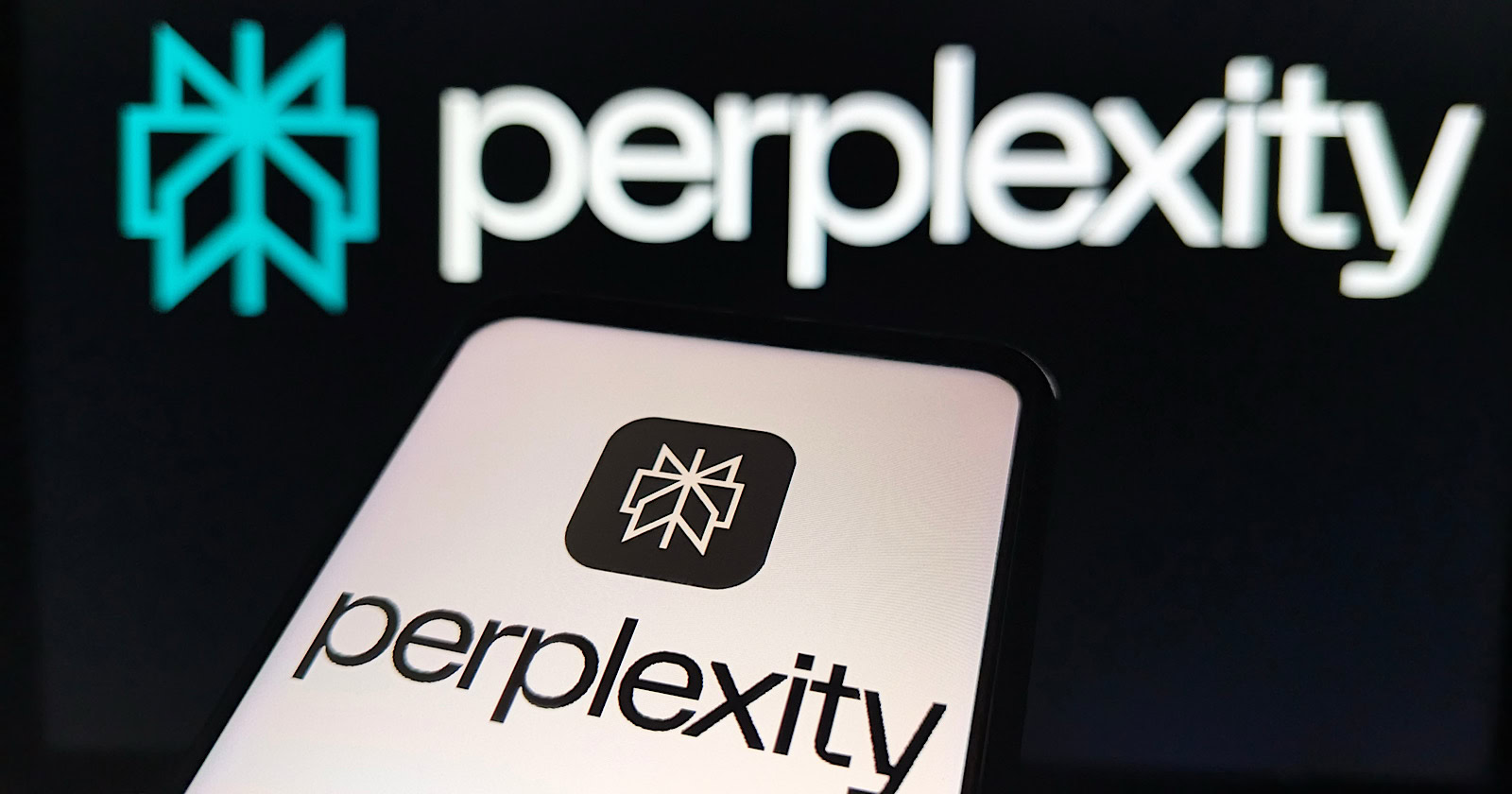This Type Of Facial Irritation May Look Like Acne, But Don't Treat It The Same
It's pretty common.


April 17, 2022 — 10:28 AM
If you’ve smooched someone with facial hair, you’re likely familiar with the very inconvenient and emotionally conflicting situation that is beard burn. Personally, I’m a fan of some scruff (I don’t think I’d even recognize my partner without his full-grown beard). My poor skin, though, doesn’t exactly swoon over the scratchy strands. Cuddles and makeout sessions rub my complexion completely raw, resulting in irritation around my chin and nose the next morning. And I’m not alone.
Beard burn is a real thing, people, but that doesn't mean you must stick to suitors with a clean shave for the sake of clear skin. Here, derms explain how to prevent and treat the hairy situation.
“Beard burn is a form of irritant contact dermatitis,” says Jeremy Fenton, M.D., board-certified dermatologist at Schweiger Dermatology Group in New York City. “It is caused by one’s skin rubbing against the beard of another person. The friction from this contact causes irritation and inflammation in the skin.” Beard burn, stache rash, whatever cute moniker you want to call it—when the facial hair rubs against your delicate facial skin, it can create an irritated, scratched appearance.
“Beard burn usually manifests with redness, irritation, and even sometimes swelling or red bumps,” Fenton adds. It ultimately looks different on everyone—those with fair skin might experience more visible redness, while those with deeper skin tones might recognize more swelling and tenderness—but generally the skin will look and feel raw, often paired with some textural concerns. Some people can even confuse the bumps for acne and treat them as such, which is a recipe for even more irritation (but we’ll get into that later).
Factors that lead to more irritation.
Unsurprisingly, those with sensitive, dry, highly reactive skin are more susceptible to beard burn. “Those with acne may also be more susceptible, because it could cause the acne to get more inflamed,” notes Fenton.
Of course, the type of beard you’re dealing with matters, too: According to Fenton, a shorter beard tends to cause more friction than a longer beard (surprising, I know), as the shorter strands can stab into your skin. Regardless of the length, though, well-moisturized beards and staches are softer, which tend to result in less irritation.
Preventing beard burn really boils down to two action items: Keep both your skin and the person’s beard well-moisturized.
Moisture is crucial for optimal barrier function, one of your skin’s most important duties—without a strong barrier, your skin isn't as protected from external aggressors, like pollution and bacteria. And, well, stubble. There are myriad ways to hydrate your skin, but if you know you’re going to come into contact with a spiky beard, make sure to load on a combination of humectants, emollients, and occlusives to help fortify that barrier.
Emollient creams are particularly important here, as these help soothe the skin and fill in microcracks in the epidermis with lipids, thus helping to restore skin barrier function. Seek ingredients like ceramides ("ceramides are fatty molecules that make up the natural skin barrier and help to retain moisture," notes Marisa Garshick, M.D., FAAD), squalane ("squalane is a natural oil produced by the sebaceous glands in your skin. It plays a role in skin hydration and barrier protection," notes board-certified dermatologist Joshua Zeichner, M.D.), and certain botanical extracts like colloidal oat. Essentially, you want to lubricate your skin so that it easily slides against those stubbly hairs, rather than creating friction.
On that note, make sure your partner implements a skin- and beard-softening routine, too. “For your partner's beard, if they keep it well hydrated, it can help soften the beard and reduce the burn,” explains Fenton. A high-quality beard oil can help soften the strands, and you only need a few nourishing carrier oils to make your own at home. "My recommendations are jojoba oil, grapeseed oil, and argan oil," barber Mitsuru Aota of THE BARBER once shared with mbg.
OK, but let’s say you’re dealing with beard burn, like, right now. How can you soothe the irritation after the fact? Make sure you follow these post-care tips.
1. Stick to gentle cleansers and moisturizers.
While you’re dealing with the burn, keep your routine simple and free of potential irritants, like sulfate-laden cleansers and fragrances. You do need a good cleanse at the end of the day to remove grime and particulate matter, but that doesn’t mean it has to strip your skin barrier: Opt for gentle cleansers (anything labeled “milky” is a safe bet, I typically find), as these keep your moisture barrier intact.
Fenton also recommends using a “bland, fragrance-free moisturizing cream” for the time being. Essentially, keep the routine nourishing and simple, focusing on no-fuss, pampering ingredients that help with barrier repair—players like ceramides, hyaluronic acid, and shea butter are your friends.
2. Avoid irritating ingredients.
We repeat: You want to focus on skin recovery right now, which means you’ll want to stow any potential irritants for a bit. Fragrance, retinoids, AHAs—all of these ingredients can ultimately make the irritation worse.
On that note, if your beard burn manifests as red bumps, you might confuse the irritation for a string of breakouts—it may be tempting to slap on an acne-fighting spot treatment or clarifying mask, but please take a beat to really I.D. those bumps. If it’s beard burn, you’re doing yourself a disservice. Fenton agrees: “You should avoid anything that is drying or potentially irritating such as acne products that contain salicylic acid, glycolic acid, retinols/retinoids, and benzoyl peroxide.”
Many skin care botanicals are known for tempering inflammation and calming the skin. Take aloe, for example, which has renowned anti-inflammatory and wound-healing abilities, or green tea, which constricts blood vessels in the skin and reduces redness. Manuka honey is also beloved for its repairing benefits, and the aforementioned colloidal oat is particularly effective in soothing itch and inflammation, making it a wonder ingredient for highly reactive skin.
Better yet, toss those products in the fridge for a bit to let them chill; that cooling sensation can offer some instant relief on an angry beard burn.
Generally, beard burn shouldn’t stick around for too long. “For most people, it should resolve in one to three days, depending on severity and how it is treated,” notes Fenton. If you are experiencing some severe swelling or the irritation lasts longer than you’d like, we recommend seeing a derm for a more targeted treatment. According to Fenton, sometimes a prescription-strength topical might be necessary for a very severe beard burn.
Beard burn is no fun, but these tips above can remedy the situation rather quickly. Facial hair care does go a long way, so make sure your S.O. has a nourishing beard oil on-hand, but there’s also much you can do to soothe and repair your skin after the fact. So you can follow your penchant for facial haired folks without the burn.

 ValVades
ValVades 
































